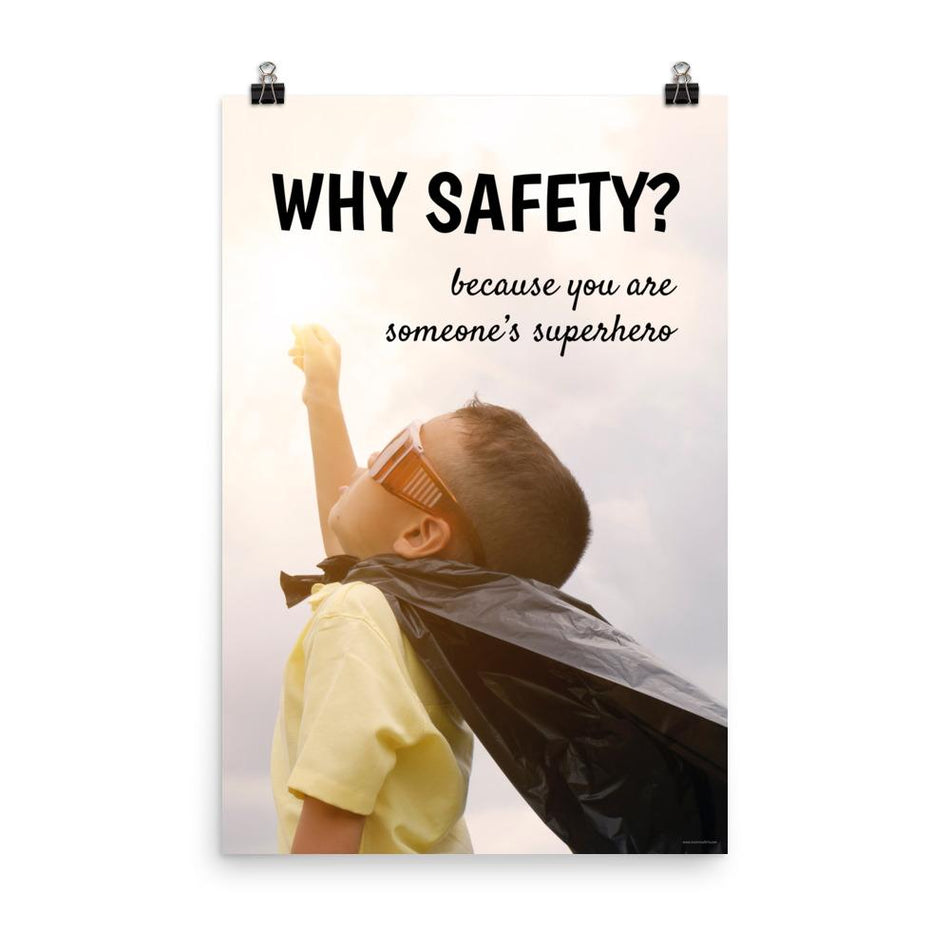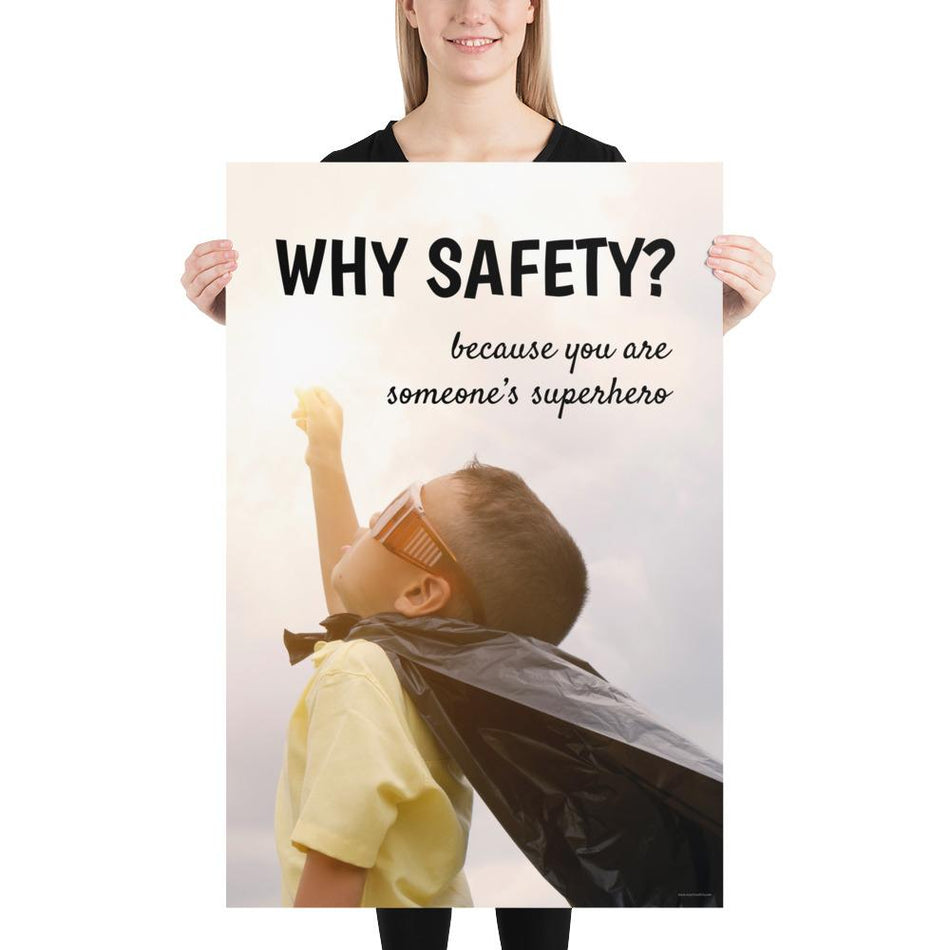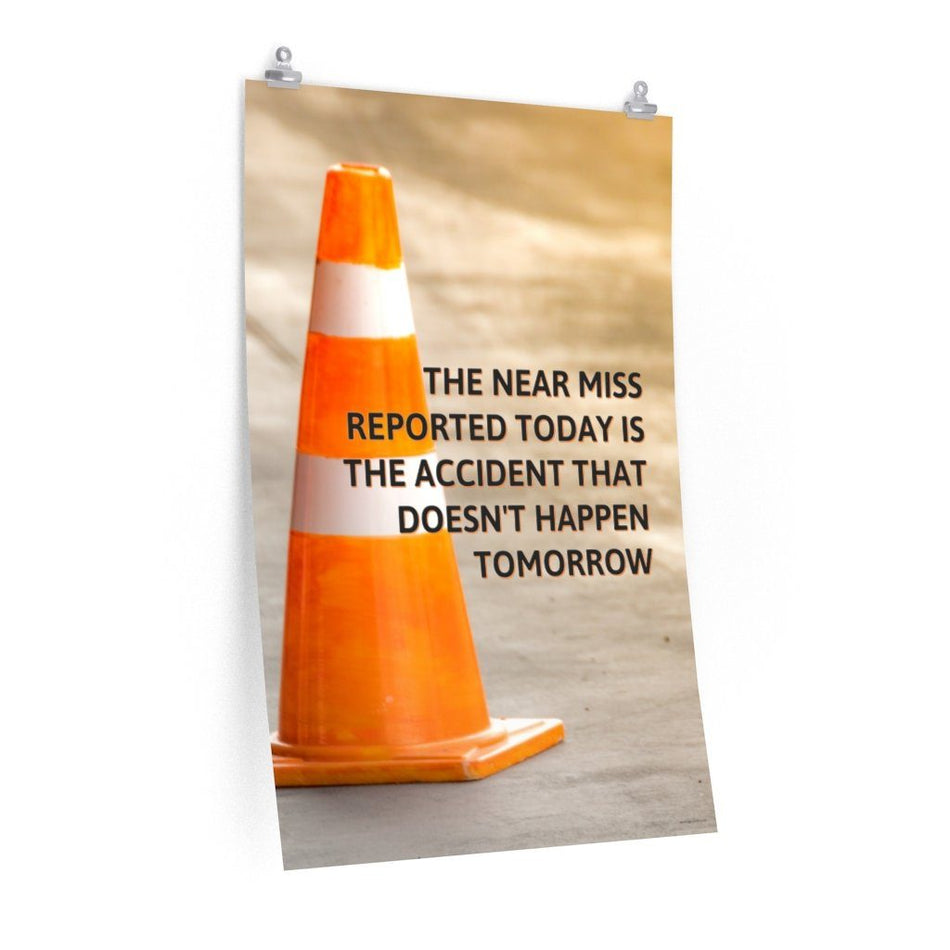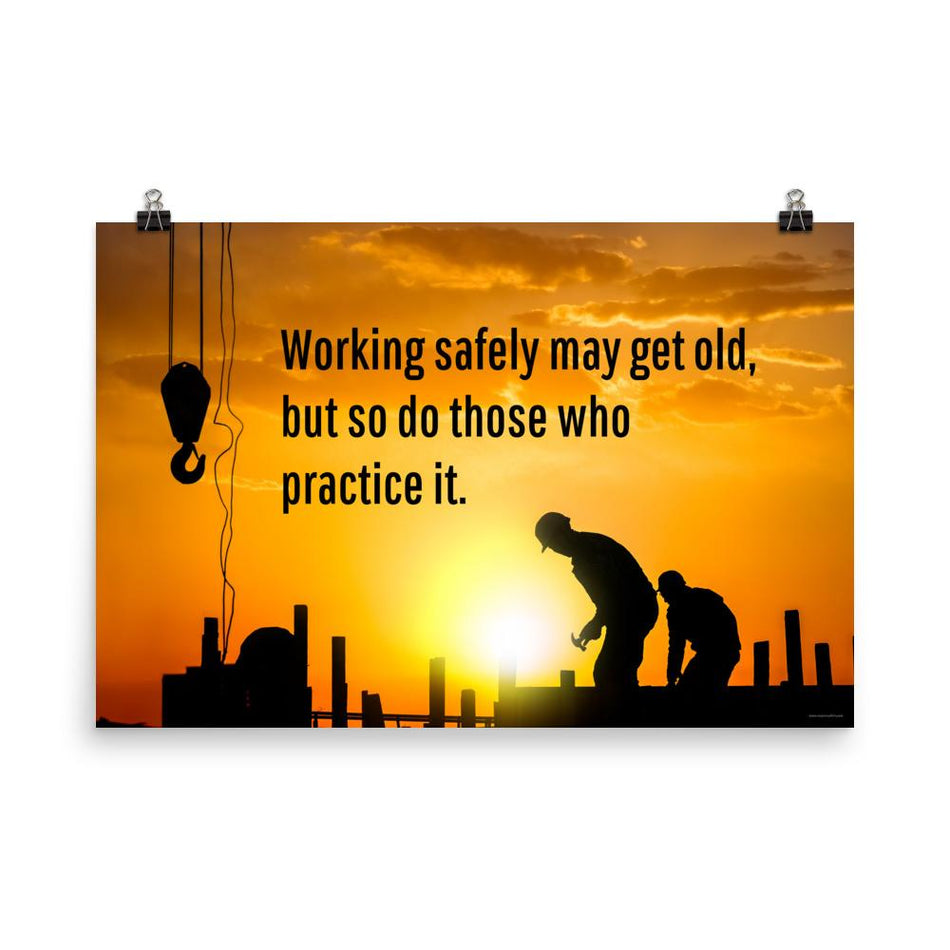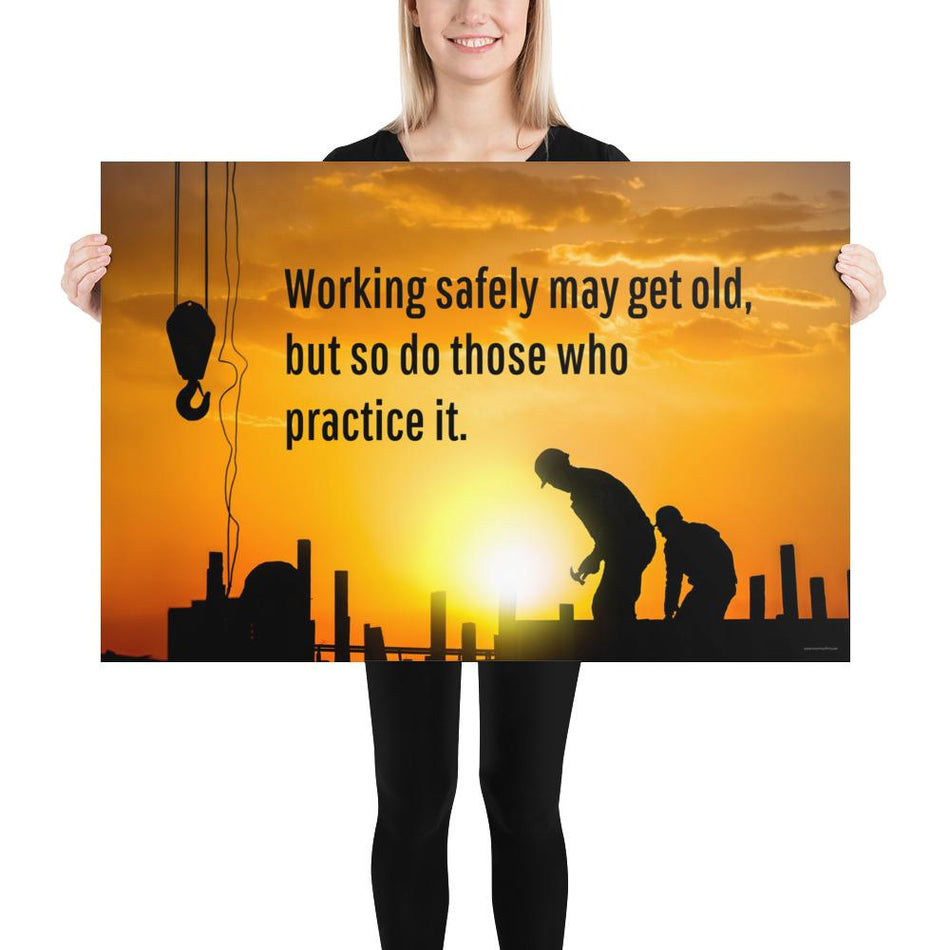Creating a robust safety culture in the workplace isn’t just about meeting compliance checkboxes—it’s about building an environment where every employee feels personally responsible for their safety and the safety of others. When safety becomes part of your company’s DNA, the result is fewer accidents, increased morale, and a more productive team.
So, how do you go beyond safety manuals and occasional drills to cultivate a real culture of safety?
1. Start at the Top
A strong safety culture starts with leadership. Executives, managers, and supervisors must consistently model safe behavior and take safety protocols seriously. If leadership cuts corners or dismisses safety procedures, it sends a clear message to the rest of the team: safety isn’t a priority.
When upper management demonstrates commitment—whether it’s by attending safety meetings, investing in safety equipment, or simply wearing proper PPE—it inspires others to follow suit. A top-down approach ensures that safety is viewed not as an obligation but as a shared value.
2. Make Training a Continuous Process
Initial onboarding training is important, but it shouldn't stop there. Ongoing safety education ensures employees remain up to date with best practices, changing regulations, and new workplace hazards.
Toolbox talks, online training modules, and hands-on demonstrations can all be used to reinforce the message. Not only does this keep safety top of mind, but it also empowers employees with the knowledge they need to stay safe.
Bonus tip: tailor training sessions to each role or department to make the information more relevant and engaging.
3. Encourage Open Communication
A strong safety culture depends on transparent communication. Employees should feel comfortable reporting hazards, near misses, or unsafe behaviors without fear of retaliation. Foster this kind of environment by creating anonymous reporting systems or regularly scheduled safety forums where employees can voice concerns and offer suggestions.
Make sure to close the loop—if someone reports an issue, follow up with them about how it was addressed. This builds trust and shows that leadership takes safety concerns seriously.
4. Use Workplace Safety Posters Strategically
Workplace safety posters are more than just wall decorations—they’re visual reminders of your organization’s commitment to safety. When designed and placed effectively, they reinforce key protocols and keep safety at the forefront of employees' minds.
Choose posters that are bright, easy to read, and relevant to your specific industry. Rotate them regularly to avoid “poster fatigue” and ensure messaging stays fresh. You can even create custom posters that highlight your team’s own safety goals or success stories.
Remember, workplace safety posters can act as silent coaches, reinforcing procedures long after a training session ends.
5. Recognize and Reward Safe Behavior
Positive reinforcement goes a long way in shaping workplace culture. Recognize employees who go above and beyond to follow safety protocols or help colleagues avoid risks. Whether it’s a shoutout during team meetings, gift cards, or a monthly “Safety Champion” award, showing appreciation can motivate others to take safety just as seriously.
Recognition also reframes the narrative: instead of safety being associated with rules and discipline, it becomes something that’s celebrated and rewarded.
6. Involve Employees in Safety Planning
When employees are actively involved in shaping safety procedures, they’re more likely to take ownership of them. Invite team members to join safety committees, lead training exercises, or contribute to safety audits.
Involving employees in safety planning also brings diverse perspectives to the table. Workers on the floor often have firsthand insights into risks that might not be visible to upper management. Tapping into that knowledge makes your safety program more comprehensive and effective.
7. Conduct Regular Safety Audits and Inspections
Routine inspections help identify potential hazards before they lead to accidents. But beyond just ticking boxes, audits should be used as learning opportunities. Use them to assess not just physical risks, but also how well safety protocols are being followed.
Make audits collaborative rather than punitive—bring team members along, explain what you’re looking for, and ask for their input. This approach turns inspections into valuable teaching moments and helps cultivate a culture of accountability and shared responsibility.
8. Make Safety a Daily Conversation
Don’t let safety be something that only gets discussed during training sessions or after an incident. Make it part of everyday conversations. Kick off meetings with a “safety moment,” share relevant news stories about industry accidents, or send out weekly safety tips via email.
These small but consistent reminders keep safety top-of-mind and normalize the idea that it’s everyone’s responsibility—every day, not just during audits or emergencies.
Reinforcing these daily messages with workplace safety posters creates a cohesive and visible commitment to safety throughout your space.
9. Celebrate Safety Milestones
Did your team go 100 days without a workplace injury? That’s a big deal—celebrate it! Marking milestones, whether big or small, reinforces the importance of safety and helps build team spirit.
Consider creating a visual countdown or progress board to track achievements, showing real-time progress and motivating the team to keep the streak going.
Celebrations don’t have to be elaborate—even a shared lunch or public recognition in a team meeting can go a long way in keeping safety goals front and center.
Improving your workplace safety culture doesn’t happen overnight. It requires commitment, consistency, and collaboration at all levels of the organization. But the payoff—a safer, more engaged, and more productive team—is worth every bit of effort.
From leadership buy-in to leveraging tools like workplace safety posters, each small action adds up to a larger cultural shift. And once that shift happens, safety stops being a checklist—and becomes second nature.




